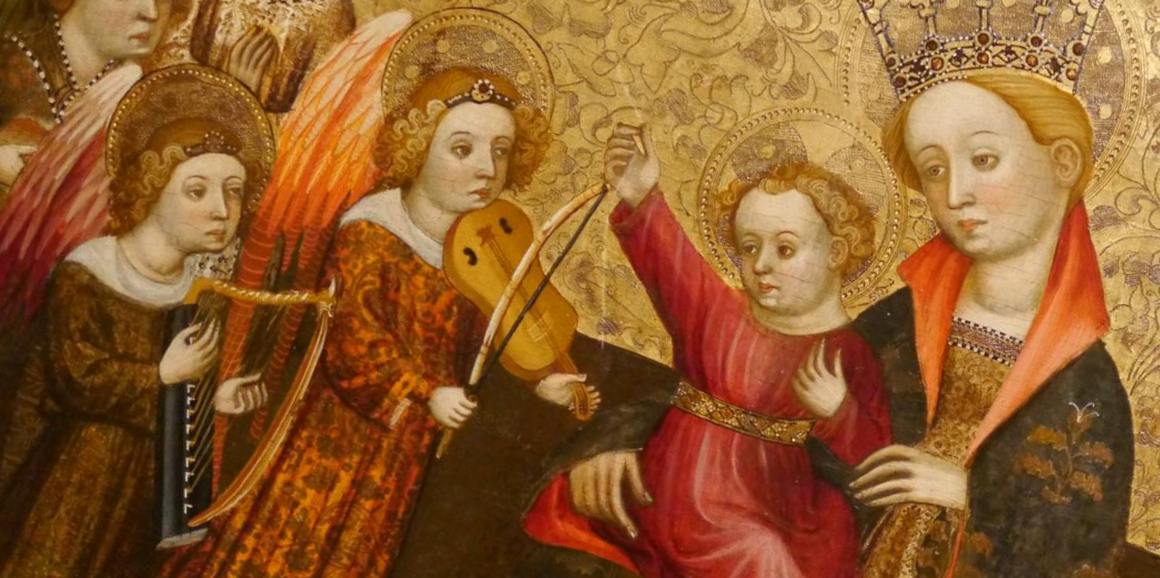
Medieval art or iconography is a rich resource for the researcher of medieval musical instruments, giving information about the physical features of gitterns, citoles, lutes, fiddles, and so on, the extent of their popularity and geographical reach, and design changes over time.
However, common features of medieval art, such as size distortion and perspective distortion, mean that an individual instrument cannot be reconstructed from the page, painting or sculpture uncritically. This has led some commentators to suggest that medieval art is wholly defective and unreliable for instrument makers and players.
Using examples from iconography, I aim to show that illustrations of medieval instruments yield valuable and practically applicable data if we have a considered and historically informed approach.
This article, the first of three, discusses:
• the debate about representation and idolatry in the early church, and how this affected art;
• how symbolism is fundamental to representation and meaning in medieval art;
• how and why proportion in medieval art is often symbolic rather than naturalistic;
• nonetheless, the case for realism in medieval art, that it gives important real-world information, with examples from farming and ornithology;
• and that this real-world information extends to our knowledge of medieval instruments, with examples.
We begin with a video of medieval instruments – bray lute, citole, gittern, harp and bray harp – playing the three voice polyphonic Mariam Matrem Virginem attolite from El Llibre Vermell de Montserrat (The Red Book of Montserrat), 1396-99, with a commentary of instrument information. Further information about these instruments, gleaned from iconography, is summarised in this article.
Having made the case for the value of iconography in this first article, the second article continues by suggesting 10 principles for gaining musical instrument information from medieval art. These principles are then tested in the third and final article by the recreation of a gittern painted by Simone Martini in 1312-18.

Read more
 The first of these three articles focussed on understanding the nature of medieval art, its artistic conventions and relationship to reality. The second suggested 10 principles for a luthier or music historian to follow when gathering practical information about musical instruments from medieval iconography.
The first of these three articles focussed on understanding the nature of medieval art, its artistic conventions and relationship to reality. The second suggested 10 principles for a luthier or music historian to follow when gathering practical information about musical instruments from medieval iconography.

